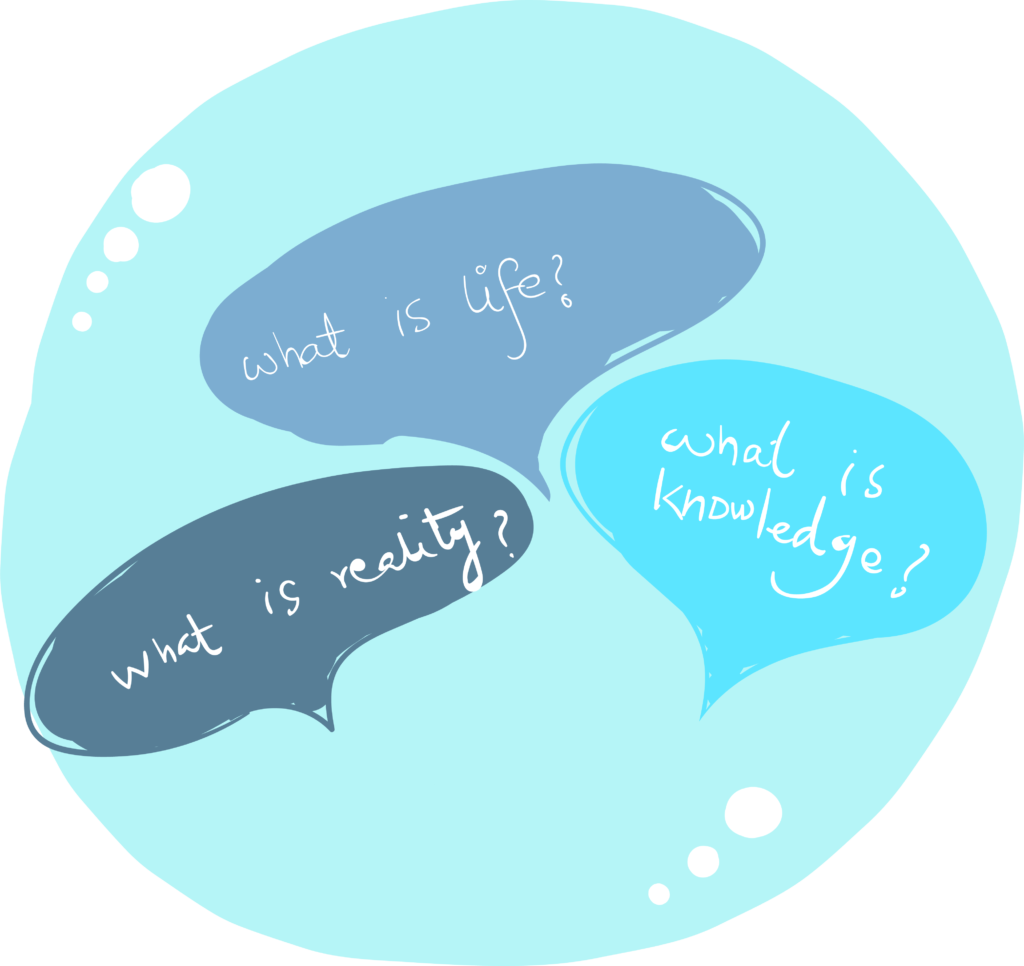A Letter to Strangers
“O mankind, truly We created you from a male and a female, and We made you peoples and tribes that you may know one another. Surely the most noble of you before God are those most Godfearing.” (Qur’an 49:13)

Dear Strangers,
My teachers have shown me that knowing One-self (and knowing the world in relation to One-self) involves creating possibilities for profound encounters, and with–in those encounters inter-views and inter-actions. Any encounter –and classroom is only one setting for it – is replete with possibilities for inter-viewing and inter-acting. Inter-viewing that demands allowing the possibility of viewing and discovering together the texts (and through them the authors and worlds of these texts). This encountering through our interviewing culminates then in an intentional and meticulous re-viewing of our lives in its various dimensions. It is only through such encountering, interviewing and re-viewing of our lives that we are able to look at ourselves clearly in the mirror, and meet and inter-act with others, i.e., act upon one another. It is in this spirit then that I invite those present in a room with the rest of the class, to inter-act: with the texts we study, with the authors of the text that we study, with the worlds from which these texts and authors emerge, and in, with and through these texts, authors and worlds, with one another so “we may know one another!”

The notion of inter-action is perhaps what many call a ‘dialogue’. A successful dialogue involves thus a dialectic between 1) reaching deep within oneself to find the other; and 2) and reaching out to the other so one may find oneself. Encountering (i.e., being in continuous dialogue with) ‘the other’ is inevitably an act of “mirroring”, seeing oneself within the mirror of a textual or/and human other. The dialogical model that guides what happens in my classes and in my scholarly endeavors emerges out of this vision. So how do these ideas translate into concrete practice of study and what happens in the classroom?
That in a conversation a conversant sees the interlocutor’s viewpoint (and vice versa) is the first yet the foremost substantial step. Seeking to understand a difficult, alienating or/and contrarian viewpoint does not mean seeking to agree with it, but is an all-important acknowledgment of the other as understandable. Without this acknowledgment the discourse is essentially reduced to disparate monologues that bypass one another completely, blocking the path of ‘knowing one another’ along the way. How much and how far we could carry such a dialogue in the classroom is a huge indicator for me of the failure (and success) of our classroom meetings.

Among various things that transpire out of this process of encounters and dialogues is awareness of our conscious or habitual dispositions and presumptions. ‘Studies’ that do not attempt a serious encounter with the other and other’s world, do not seek to inhabit the conversationalist’s world (and worldview), and are not ultimately haunted by the possibility of becoming ‘the other’ at some level, make little sense to me.
My classroom is an invitation to students to be in such a dialogue, with one another, with me, and us together with the authors of the texts and the societies we hope to understand. And it all begins with listening carefully to those texts, their authors and the worlds from which texts emerge. Our judgments about the worth of what is offered in these texts, their authors and these societies are indeed invited, though only after one has listened to them speak. In no way do I bar these judgments; in fact, I see them as crucial in the process of dialogue, since after inhabiting the other’s world and worldview, one may choose to speak about it, and to it as well; and one may take back what one has heard to one’s own world and worldview.
Inevitably such a dialogue demands patience for careful listening, and rigor in thinking through what is heard. It also involves frustrations, sometimes because these texts and worlds may be too alien, or perhaps they make no sense despite careful attention, or because one simply has no interest, or perhaps one is reluctant to engage those. What we choose to do with our frustrations is part of what transpires over the course of the term, and naturally so. I do encourage my students to own these frustrations and express them frankly.

If there are virtues necessary for engaging texts and authors that will not be physically present within the classroom, there are virtues needed to engage those who actually are. Carving space for sincere discussion and authentic joy of knowing are particularly helpful. Energetic ambience and consistent practice of making sense and being accessible in our words to others (you may want to lookup 7 Cs of Communication) remain, however, not just helpful, but absolute musts for a thriving dialogue.
Come well; welcome. And if you have to leave, God be with ye (Goodbye).
SRZ
P.S A NOTE ON READINGS AND LECTURES: Inevitably then listening well to the authors and texts that are brought to the class remain at the core of my pedagogical way. When and how much I lecture in the class is also discerned in relation to our ongoing dialogue that term.
